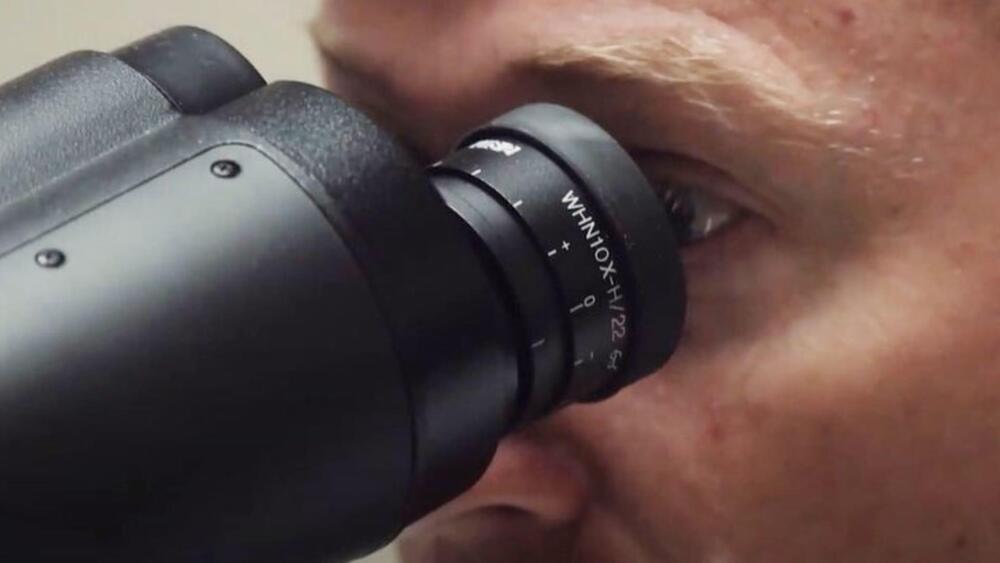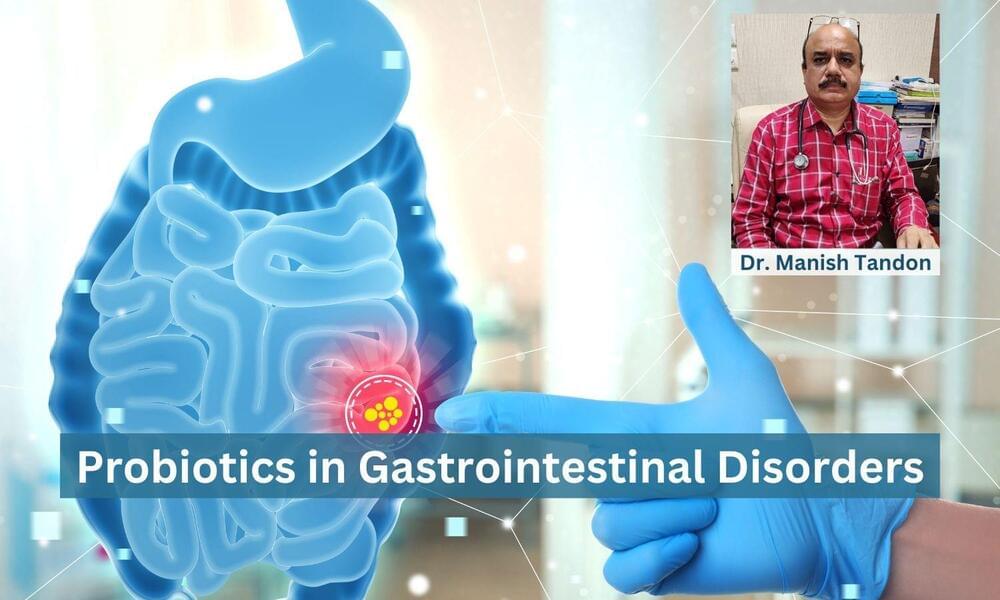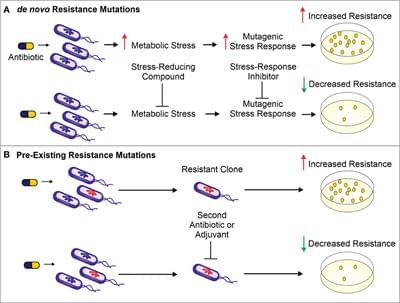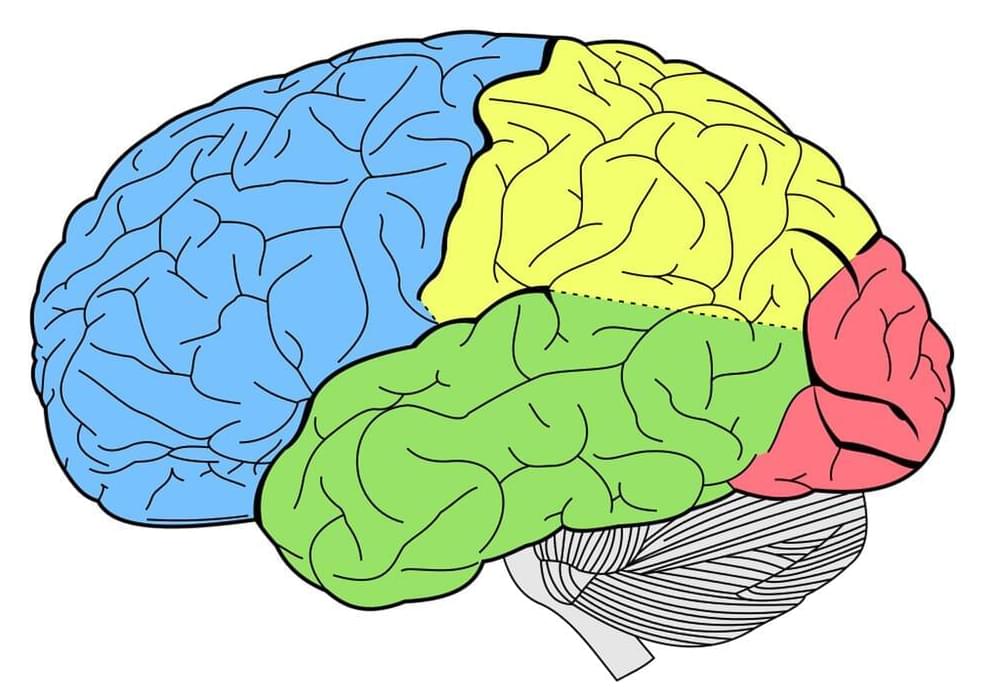The Department of Defense has teamed up with Google to build an AI-powered microscope that can help doctors identify cancer.
The tool is called an Augmented Reality Microscope, and it will usually cost health systems between $90,000 to $100,000.
Experts believe the ARM will help support doctors in smaller labs as they battle with workforce shortages and mounting caseloads.
The pair ran the case through the special microscope, and Zafar was right. In seconds, the AI flagged the exact part of the tumor that Zafar believed was more aggressive. After the machine backed him up, Zafar said his colleague was convinced.
“He had a smile on his face, and he agreed with that,” Zafar told CNBC in an interview. “This is the beauty of this technology, it’s kind of an arbitrator of sorts.”
The AI-powered tool is called an Augmented Reality Microscope, or ARM, and Google and the Department of Defense have been quietly working on it for years. The technology is still in its early days and is not actively being used to help diagnose patients yet, but initial research is promising, and officials say it could prove to be a useful tool for pathologists without easy access to a second opinion.








